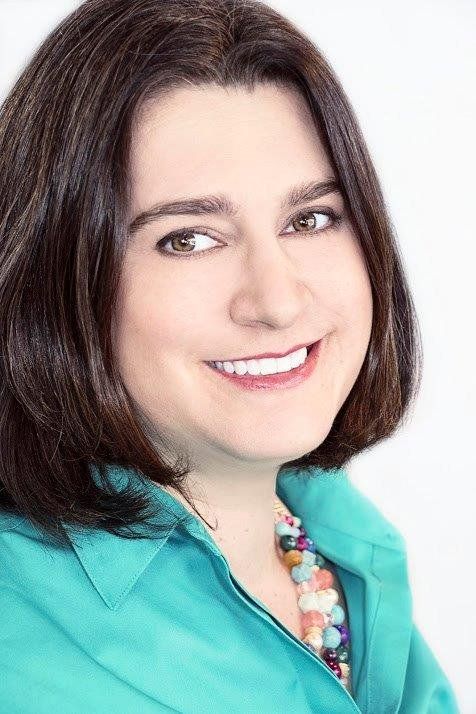How to manage costs for your practice and your patients
Using the Medicare fee schedule as a universal reference benchmark for cost of services can help pediatricians estimate out-of-pocket expenses for patients and families.
Suzanne Berman, MD, FAAP

Providing quality, cost-effective care can be difficult when pediatricians often don’t even know the cost of the services they provide or recommend.
In a session titled “Pediatric purse strings: How to predict the cost of care,” on Monday, November 5, at the American Academy of Pediatrics (AAP) 2018 National Conference and Exhibition in Orlando, Florida, Suzanne Berman, MD, FAAP, highlighted inexpensive and free ways to get actionable cost data to the practice team.
Studies have shown that providing cost data to clinicians at the point of care can reduce cost and improve the value of care, says Berman, a managing partner at Plateau Pediatrics in Crossville, Tennessee. Her session offered information on cost drivers in pediatrics and how pediatricians can know what services cost.
“It's a lot of practical information on how to know the cost of the services they order for patients, both the total cost as well as the patient's cost share,” Berman told Contemporary Pediatrics before the conference. “I'm particularly going to be focusing around choosing between 2 things. In many cases there are 2 choices that are approximately clinically equivalent, but one costs more than the other. Armed with cost information, the pediatrician can choose the lesser cost.”
The session covered 3 “big ideas” about how pediatric healthcare spending is different from that of adults. The first is the kids are “budget dust,” says Berman, noting that children make up 24% of the population in healthcare but 8% of the spending. The second is that spending is different. A lot less is spent on inpatient care and prescriptions, but much more in dental, emergency visits, and nursery care. Finally, Berman says that high-cost children require different spending than low-cost children. Primary care is typically low cost, but mental health services and services for children with special needs can result in much higher spending, she says.
To find out how much services cost, pediatricians should start with the Medicare fee schedule, Berman says.
“Even if you don’t take Medicare as a pediatrician, it’s helpful as a universal reference benchmark, plus many other government (Medicaid and the Children’s Health Insurance Program [CHIP]) as well as commercial fee schedules are based on a percentage of Medicare,” Berman says.
The Medicare fee schedule can be used to find out the relative cost of items. “For example, the AAP recommends that children with autism have a genetic evaluation. This can include fragile-X testing (especially for boys), a chromosome analysis/karyotype, and a microarray. If you know that the microarray costs over 10 times the cost of fragile-X testing, you might want to do fragile-X testing first,” Berman says. “You can even draw enough blood for all 3 tests, then have the lab run them in sequence from least expensive to most expensive before proceeding.”
Berman also discussed respiratory panel testing, noting the high cost of respiratory polymerase chain reaction (PCR) panels and how much each cost. “The trick is seeing what current procedural terminology (CPT) codes are involved in each panel, then cross-walking them to the price and adding up the total,” Berman says.
She also offered comparisons of computed tomography (CT) and magnetic resonance imaging (MRI) testing of the same body parts and discussed how outpatient facility fees can drive up the cost of care to the point of doubling or even tripling it. Berman says clinicians can find out what their local hospitals charge for outpatient facility fees, as well as how much they are actually paid. “Once you know what the total price will be, patients want to know what their out-of-pocket cost will be,” Berman says.
During the session, she used a real-time claim estimator to calculate the total allowable, as well as the estimated cost share for the professional fee, for an echocardiogram, a chlamydia urine test, and an appendectomy as examples.
Finally, Berman discussed drug pricing, the concept of “spread,” and how pharmacy benefit managers (PBMs) make their money in the United States. She highlighted several tips for lowering prescription drug options-pills over liquids, brand differences, and the high cost of combination drugs. Berman also pointed out that drug price is proportional to the number of doses dispensed, not necessarily the strength of the drug, and says that drug coupons from manufacturers end up driving up costs while direct-to-consumer coupons may actually help lower costs.
Although there are many things pediatricians can do to estimate cost, Berman offered the following as her biggest tips. Determine the top 10 items routinely ordered in your practice and what the approximate costs are. Use that data to create a “cheat sheet” for the practice. She also suggests identifying 3 medications that are routinely used and what less-costly substitutes could be offered without sacrificing therapeutic value.
“Many pediatricians are unaware of tools like published fee schedules and real time claims estimators that are used primarily by billing staff, but can be useful for clinicians as well,” Berman says.